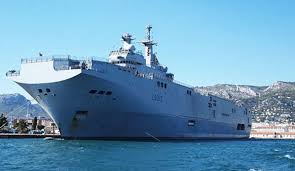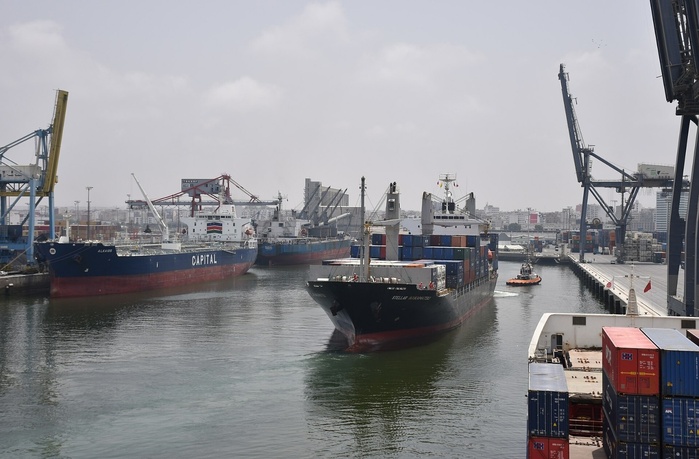
Mergers and acquisitions in shipbuilding sector
In recent years, the shipbuilding sector has witnessed a notable surge in mergers and acquisitions, reshaping the landscape of this traditional industry. One significant event was the Mergers and acquisitions in shipbuilding sector Barreras acquisition, which marked a pivotal moment in the industry. The financial and strategic implications of such transactions are profound, signaling shifts in market dynamics, competitive advantage, and the future of shipbuilding itself.
The shipbuilding sector, often characterized by high capital requirements and advanced technological needs, has been undergoing a transformation due to globalization, technological innovations, and changing market demands. As companies look to increase efficiencies, access new markets, and leverage cutting-edge technology, mergers and acquisitions provide a pathway for rapid growth and adaptation.
Trends Influencing Mergers and Acquisitions
Several key trends have emerged in the shipbuilding industry that drive mergers and acquisitions. Firstly, the need for innovation is paramount. Shipbuilders must invest in research and development to keep pace with advancements in automation, sustainability, and digitalization. Acquisitions provide companies access to new technologies and expertise, enabling them to stay competitive.
Another factor is the consolidation of the market. In recent years, the number of players in the shipbuilding industry has decreased, with a few major companies dominating the landscape. This consolidation results from increasing competition from low-cost manufacturers, particularly in Asia. As a result, larger shipbuilders seek to acquire smaller firms to expand their capabilities and market presence.
Strategic Advantages of M&A Processes
Mergers and acquisitions offer numerous strategic advantages for companies in the shipbuilding sector. By acquiring another company, a firm can quickly gain access to established customer bases, supply chains, and production facilities. This strategic integration often leads to economies of scale, which can reduce production costs and improve profitability.
Moreover, synergies created through M&A activities can result in a combined entity that is stronger and more versatile than its individual parts. For instance, two companies might merge to leverage complementary technologies, enhancing their product offerings and market reach.

Case Studies of Recent Mergers and Acquisitions
One notable example of a successful acquisition in the sector is the Barreras acquisition, where a larger entity aimed to revitalize the operations of a struggling shipyard in Spain. This acquisition not only provided immediate financial support but also paved the way for restructuring efforts to enhance operational efficiencies and production capabilities.
Another case is the merger of several South Korean shipbuilders, which was initiated to address the severe downturn in shipbuilding orders. By consolidating resources, these companies hoped to increase their competitive edge against Chinese rivals, who have been aggressively undercutting prices in the global market.
Challenges in the M&A Landscape
While mergers and acquisitions can offer significant benefits, they are also fraught with challenges. Cultural integration is one of the most critical hurdles, especially in an industry as diverse as shipbuilding, where corporate cultures may vary widely across geographies. A failure to align organizational cultures can lead to friction and inefficiencies post-merger.
Another challenge is regulatory scrutiny. The shipbuilding industry is often subject to stringent controls and regulations due to its strategic importance to national security and economic stability. Acquisitions may face hurdles from regulatory bodies, particularly if they threaten to reduce competition or create market monopolies.
Future Outlook for Mergers and Acquisitions in Shipbuilding
Looking forward, the outlook for mergers and acquisitions in the shipbuilding sector appears robust. The increasing emphasis on sustainability and green technologies is poised to drive further consolidation as companies strive to meet environmental regulations and customer expectations. Firms that can merge capabilities to produce more energy-efficient vessels are likely to capture greater market share.
Additionally, advancements in digital technologies, such as big data analytics and the Internet of Things (IoT), will continue to transform shipbuilding. Companies that acquire firms specializing in these technologies will likely position themselves favorably in an increasingly competitive global market.
Conclusion
The shipbuilding sector is at a pivotal moment, shaped by ongoing mergers and acquisitions. As companies navigate market challenges and seek growth opportunities, strategic transactions will remain a vital aspect of industry evolution. With the right approach to integration and a clear strategic vision, mergers can create powerful synergies and drive innovation, ultimately benefiting the entire maritime industry.
